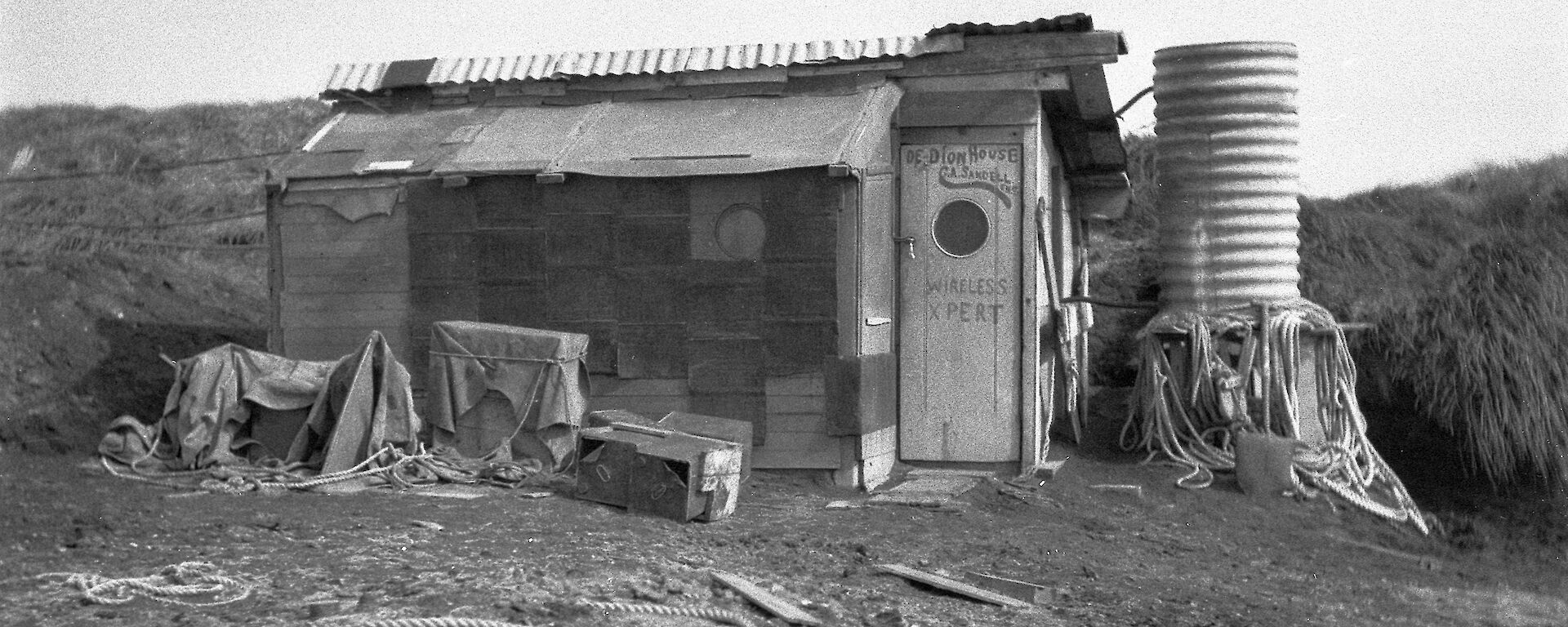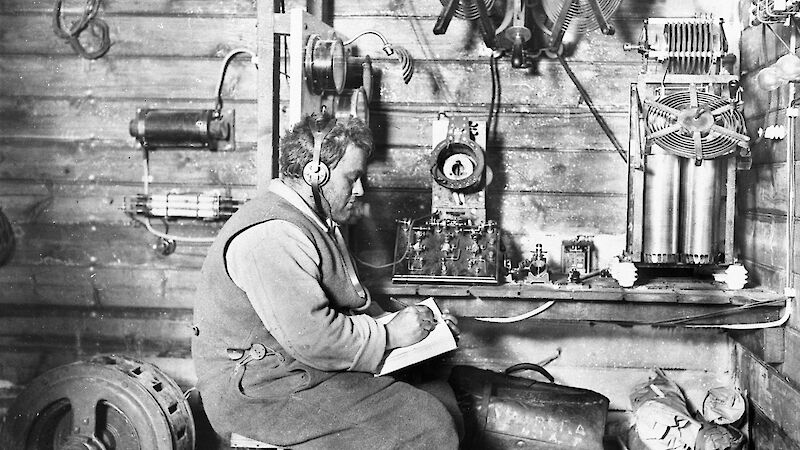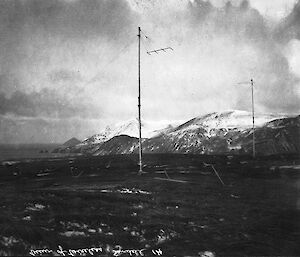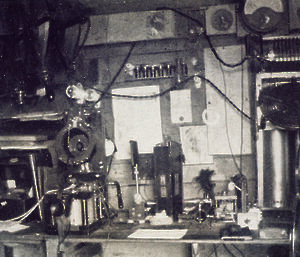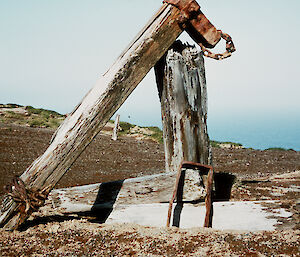Douglas Mawson’s Australasian Antarctic Expedition (AAE) in 1911–1914, was the first to establish an Antarctic radio link.
Radio was still a new technology. The stations used the German–made Telefunken 1.5 kilowatt 'spark' transmitter. This wireless equipment was operated using long wave and Morse code telegraphy.
The expedition established a main base at Cape Denison. They also established a radio relay station at Macquarie Island on Wireless Hill. The Macquarie Island radio shack bridged the distance between Antarctica and Australia. Radio operation needed power, so the De Dion engine that powered the generator was housed a short distance from the radio shack.
Difficult conditions
It took some experimentation in the hostile conditions to get the Wireless Hill station to work. Macquarie Island made the first successful outside communication by radio on 13 February 1912, by signalling the SS Ulimaroa. Later, the station also signaled other ships in the Tasman Sea. The following month, the expeditioners heard news on Hobart Radio that Roald Amundsen had arrived in Hobart, after being the first to reach the South Pole.
The Western Base party on the Shackleton Ice Shelf erected masts for a receiving–only station. The expeditioners had to abandon the plan when they discovered that detector parts were missing from the cargo. They were cut off from news for the entire expedition.
Commonwealth Bay is one of the windiest places on Earth. The base experienced hurricane force winds and sub-zero temperatures. The expeditioners spent almost a year attempting to erect radio masts and aerials in the hazardous conditions. Finally, in February 1913, Commonwealth Bay established communication with Australia via Wireless Hill.
Due to atmospheric static and auroral activity, the quality of signals at Commonwealth Bay varied greatly. Battling these conditions, along with the constant howling of the wind and sledge dogs outside, radio operator S.N. Jeffryes could spend entire evenings trying to transmit or receive a single message. After the main radio mast was damaged by winds, expeditioners experimented unsuccessfully with kite aerials. Contact was re-established with Wireless Hill by rebuilding the masts in a new configuration.
Telegrams sent to Australia included weather information, official correspondence, and the occasional private message.
What happened to Wireless Hill station
At the end of the 1913, the Wireless Hill station was transferred from the AAE to the Australian Meteorological Service. The radio equipment was left on Macquarie Island.
In December 1930, Douglas Mawson revisited Wireless Hill during the British and New Zealand Antarctic Research Expedition (BANZARE). The De Dion engine house and wireless shack were still intact, but Mawson wrote in his diary that ‘there was little of the equipment inside of any use, and such as still useable is antiquated, so of no practical value’.
Today, nothing remains except the stumps of the radio masts on Wireless Hill, and a radio mast section.

